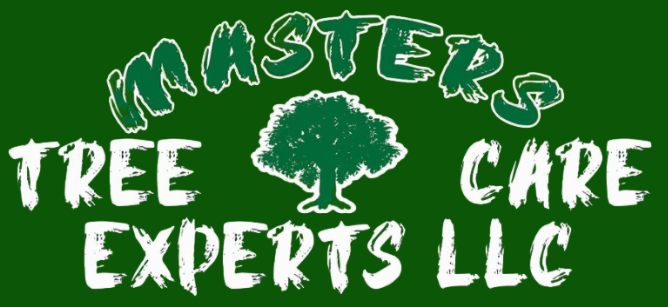Mature trees are among the most valuable features of your landscape—offering shade, beauty, privacy, and even boosting your property’s value. But in August, when the heat in Lee’s Summit is relentless, those large, aging trees can silently suffer. To keep them thriving, now is the time for some thoughtful, proactive care. Here’s how to protect your mature trees during the hottest month of the year.
Table of Contents
Watering, Mulching, and Soil Care for Mature Trees
Even older trees that have stood strong for decades still need support—especially during long, dry spells.
1. Watering Wisely:
- Deep watering once a week is far more effective than shallow daily watering.
- Aim to provide 1 inch of water per week, and water slowly around the drip line (not just at the trunk).
- Use a soaker hose or a slow-trickle method to reach deep roots.
2. Mulch Is a Lifesaver:
- Spread a 2–3 inch layer of organic mulch around the base in a 12–18 ft diameter ring.
- Keep mulch 3–6 inches away from the trunk to prevent rot or pest issues.
- Mulch helps retain moisture, insulate roots, and reduce soil compaction.
3. Soil Health Is Tree Health:
- Over 80% of tree issues start with poor soil.
- Schedule soil testing to check for compaction, pH imbalance, or nutrient deficiencies.
- Ask about our soil treatment plans to rejuvenate tired, nutrient-poor soil.
Remember: Trees don’t grow out of problems—they grow around them. Give them the support they need underground.
What Heat Stress Looks Like in Older Trees
Just like us, trees struggle in extreme heat—especially older ones with slower healing abilities. Recognizing the signs early can prevent long-term damage.
Watch for these red flags in your mature trees:
- Leaves that are wilting, curling, or browning around the edges
- Premature leaf drop or thinning canopy
- Cracked bark or visible splits in the trunk
- Dead or brittle branches (especially near the top)
- Mushrooms or fungus growth at the base
- Unusual insect activity or sawdust-like material near bark
These signs can point to root stress, dehydration, pest infestation—or a combination of all three.
When to Call in a Certified Arborist
Not every tree problem is obvious, and misdiagnosing can do more harm than good. If you suspect your older trees are under stress, it’s best to bring in the experts.
Here’s when to schedule an inspection with a professional like Master’s Tree Care Experts:
- You notice dead branches or sudden leaf loss
- The tree is near your home, garage, or power lines
- There are signs of pests, fungi, or trunk damage
- You’re planning construction, regrading, or landscaping
- You want to install cabling or bracing to support weak limbs
Our ISA Certified Arborists can provide a thorough assessment, offer customized care plans, and even recommend if cabling, pruning, or removal is necessary.
Don’t Let the Heat Win—Let Your Trees Thrive
August is crunch time for mature tree care. A little extra attention now can save your oldest, most valuable trees from irreversible decline later.
Call Master’s Tree Care Experts at (913) 909-9768
Or visit www.masterstreecareexperts.com to schedule a mature tree consultation.
From deep roots to wide canopies, we care for your trees like they’re part of the family—because they are.

